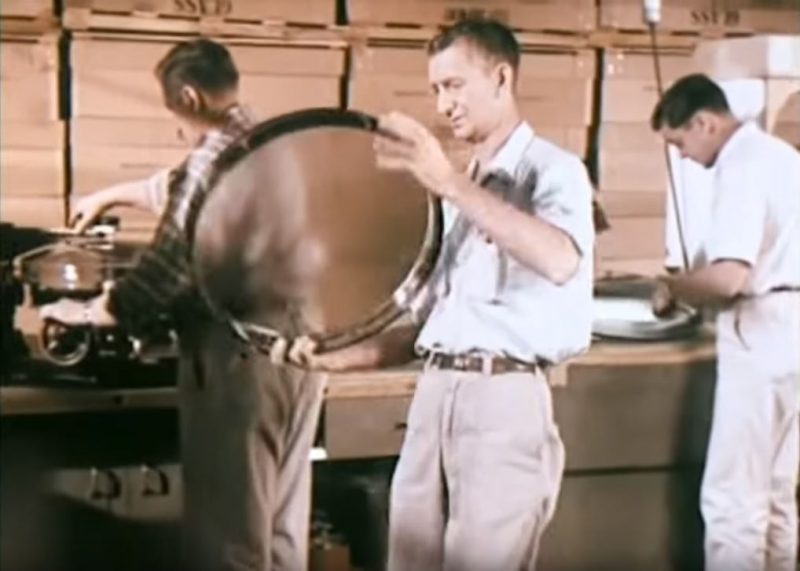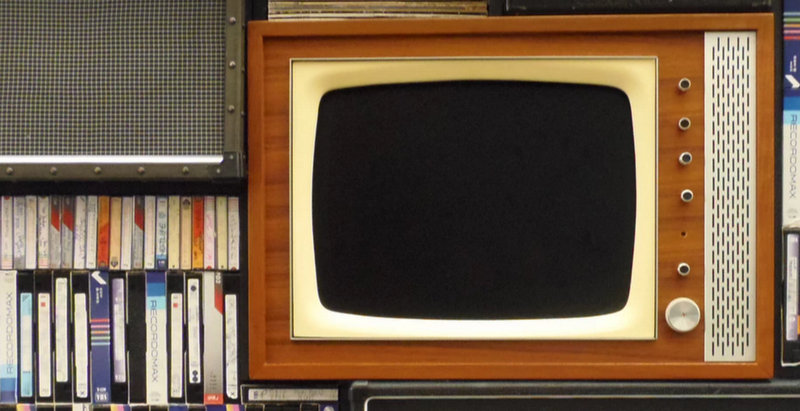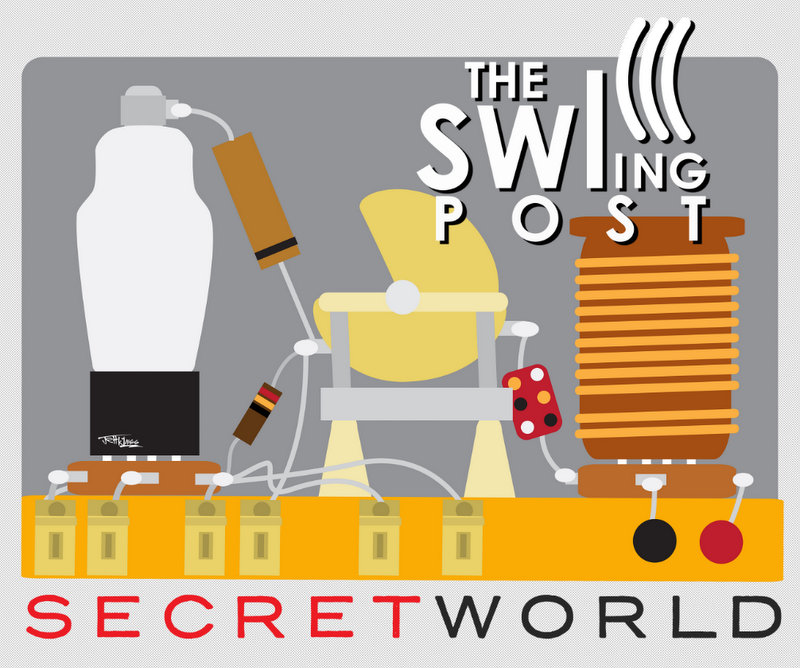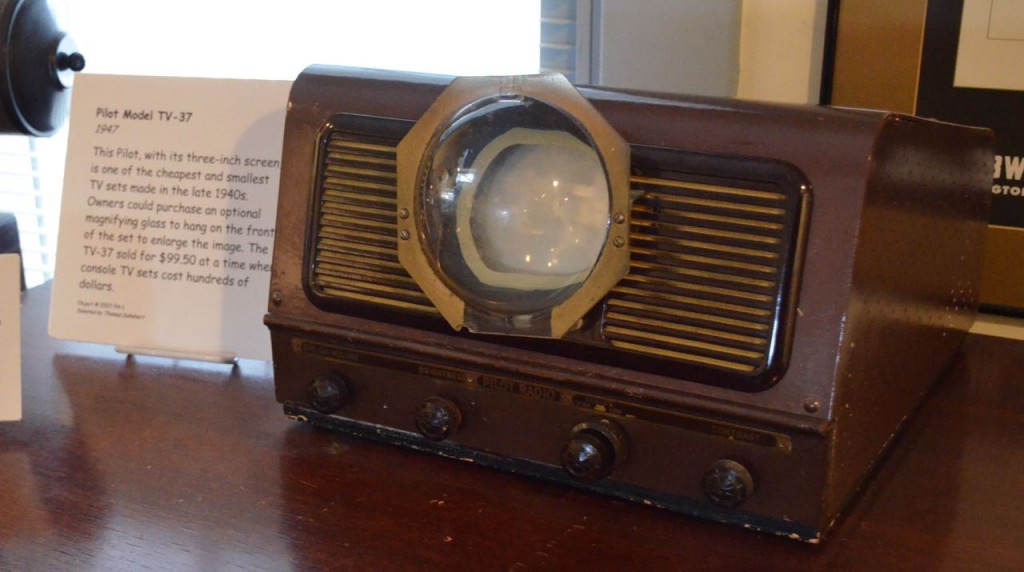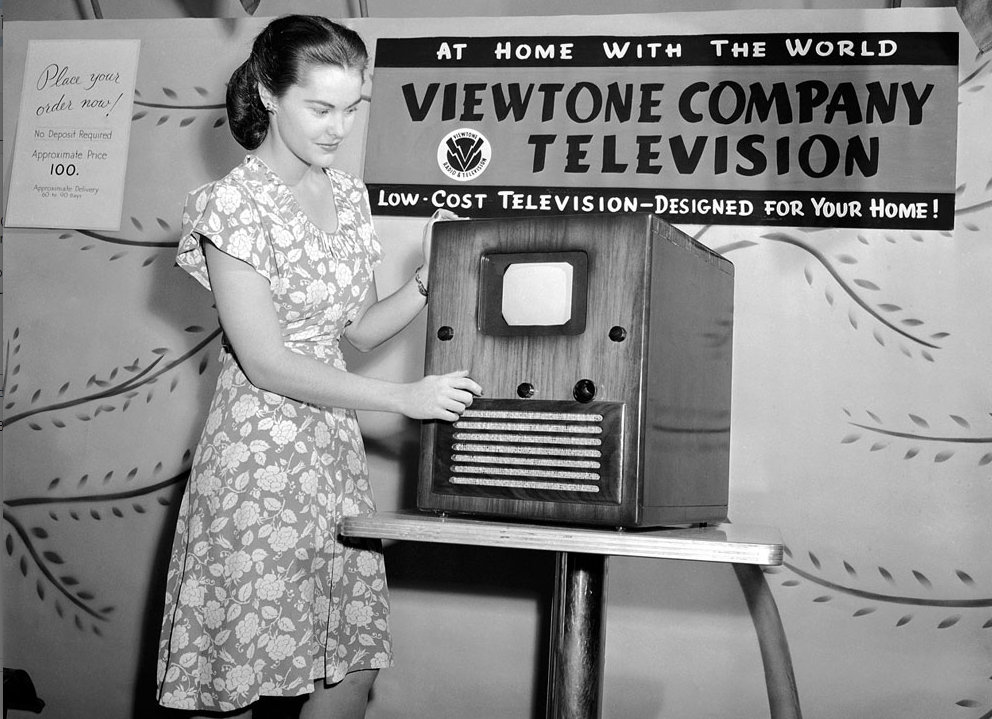Radio Waves: Stories Making Waves in the World of Radio
Welcome to the SWLing Post’s Radio Waves, a collection of links to interesting stories making waves in the world of radio. Enjoy!
New miniature antenna can operate wirelessly inside of a living cell (Tech Explorist)
An intracellular antenna that’s compatible with 3D biological systems and can operate wirelessly inside a living cell.
A new study could allow scientists to create cyborgs at a cellular scale, thanks to MIT Media Lab for designing a miniature antenna that can operate wirelessly inside a living cell. This could have applications in medical diagnostics, treatment, and other scientific processes because of the antenna’s potential for real-time monitoring and directing cellular activity.
Scientists named this technology Cell Rover. It represents the first demonstration of an antenna that can operate inside a cell and is compatible with 3D biological systems.
Deblina Sarkar, assistant professor and AT&T Career Development Chair at the MIT Media Lab and head of the Nano-Cybernetic Biotrek Lab, said, “Typical bioelectronic interfaces are millimeters or even centimeters in size and are not only highly invasive but also fail to provide the resolution needed to interact with single cells wirelessly — especially considering that changes to even one cell can affect a whole organism.”
The size of the newly developed antenna is much smaller than a cell. The antenna represented less than .05 percent of the cell volume in research with oocyte cells. It converts electromagnetic waves into acoustic waves, whose wavelengths are five orders of magnitude smaller, representing the velocity of sound divided by the wave frequency — than those of the electromagnetic waves. [Continue reading…]
Space Audity (20,000 Hertz Podcast)
This episode was written and produced by Jack Higgins.
We’ve all heard the iconic recordings from the Apollo missions. But how exactly does NASA manage to run live audio between Earth and the moon? And how might we chat with astronauts on Mars and beyond? Featuring Astronaut Peggy Whitson, NASA Audio Engineer Alexandria Perryman, and Astrophysicist Paul Sutter.
Click here to listen on the 20,000 Hertz webite.
Australia: Proposed new ham radio licence (Southgate ARC)
Australia’s communications regulator ACMA has asked radio amateurs to comment on their proposed amateur class licence and considerations for higher power 1 kW operation
The ACMA say:
Following the extensive 2021 public consultation and associated response to submissions, we have released a consultation paper on the proposed amateur class licence and supporting operational arrangements, along with considerations for higher power operation. This is the next step in our review of regulatory arrangements for the operation of non-assigned amateur stations.
The draft class licence for amateur radio has been amended to incorporate changes suggested by representative bodies, amateur radio clubs and individual amateurs during the 2021 consultation.
The consultation paper, proposed class licence and details about how to make a submission are available on the ACMA website
https://www.acma.gov.au/consultations/2022-09/proposed-amateur-class-licensing-arrangements-and-higher-power-operation-consultation-312022
Submissions close COB, Tuesday 29 November 2022.
Questions about the consultation
If you have an important question about this consultation, please send it directly to [email protected]. Please note, we may use the Amateur radio update e-bulletin to answer frequently asked questions.
Subscribe to the ACMA Amateur Radio newsletter at
https://www.acma.gov.au/subscribe-our-newsletters
Mid Century Television – live, local and unpredictable late 1950s television (Southgate ARC)
In the late 1950s television networks ruled the airwaves from 7 to 11 PM, but outside of that timeslot television was live, local and unpredictable.
Jim Hanlon, W8KGI, worked as a summer relief engineer at Cincinnati’s WCPO-TV from 1956 to 1958. At that time WCPO-TV did not have any video recording technology, so all local TV was live TV and provided a refreshing dose of live programming, equipment failures and production creativity that been lost in today’s pasteurized, homogenized TV ecosystem.
Join Jim as he recalls what it like producing live TV programming in the early days of television broadcasting.
Click here to view on YouTube.
Help keep communications history alive by becoming a member of the Antique Wireless Association at: https://www.antiquewireless.org/homepage/
Do you enjoy the SWLing Post?
Please consider supporting us via Patreon or our Coffee Fund!
Your support makes articles like this one possible. Thank you!



